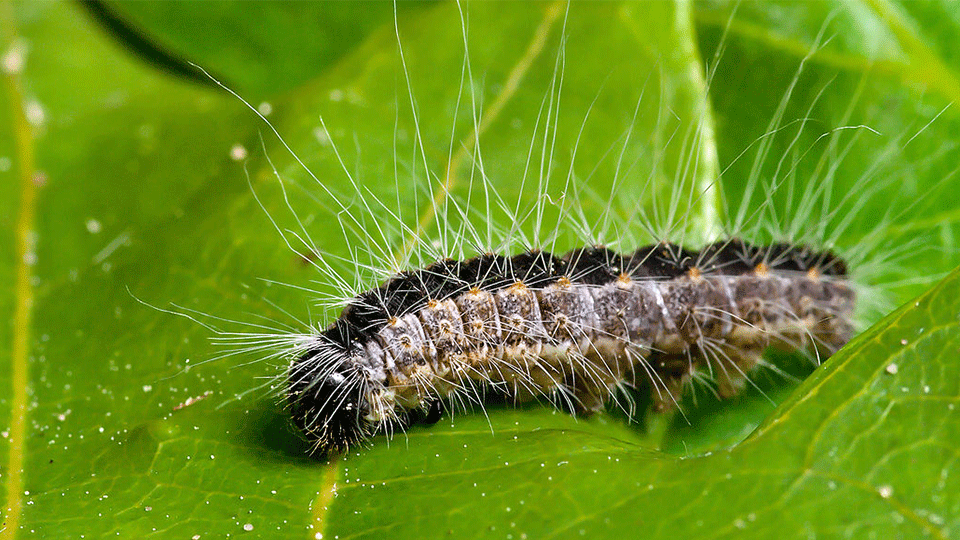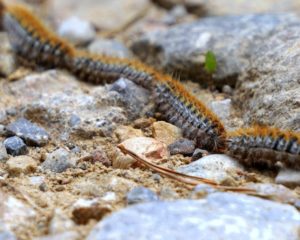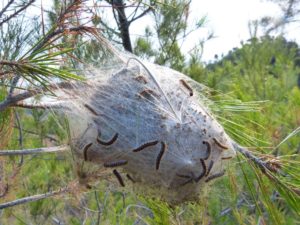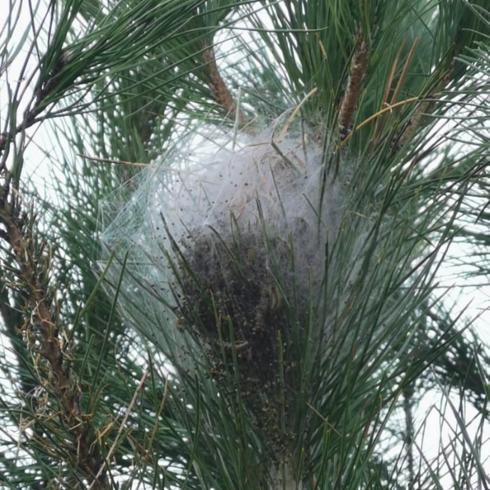Thanks in part to a warmer than usual autumn the arrival of the deadly pine processionary caterpillar will come earlier this year. Despite summer still being several months away the tell-tale processionary caterpillar nests can be seen in the pine trees along the Guadalhorce River. Professor of Biology at Malaga University Enrique Salvo says:
“There is an unusually large incidence of processionaries for this time of year.”

The caterpillars normally leave their nests in the spring to walk along the ground before burying themselves in the soil before emerging several months later as moths. With the warm autumn, the conditions were favourable for the caterpillars to nest earlier than normal and despite the recent rain and hail, the caterpillars are already leaving their nests.
The processionary caterpillar is so called because it travels literally in a line of up to several hundred head to tail. This of course looks intriguing and may fascinate you to take a closer look.
The caterpillars hairs carry a toxin and can cause allergic shock in people and animals. If stung on the nose or eaten by a dog, they can be deadly.

Similar to an allergic reaction humans have, if a dog if it comes into contact with the caterpillars hairs, it may have trouble breathing, the tongue, oesophagus and stomach could swell up, even endangering the animal’s life. In most cases, this will not happen, especially if you can get to the vet in time, but tragically animals could lose a part of its tongue if it’s not treated in time.
Dogs are vulnerable because they enjoy sniffing near to trees etc.
When out walking the dog, avoid pine trees and areas where the caterpillars are and remain vigilant.
Authorities have noted that the hairs can be removed with adhesive sticky tape, however if you observe skin or respiratory irritation then consult medical advice.



